Indirizzo
304 Il cardinale nord S.
Dorchester Center, MA 02124
Ore di lavoro
Dal lunedì al venerdì: 7:00 - 19:00
Fine settimana: 10:00 - 17:00
Indirizzo
304 Il cardinale nord S.
Dorchester Center, MA 02124
Ore di lavoro
Dal lunedì al venerdì: 7:00 - 19:00
Fine settimana: 10:00 - 17:00
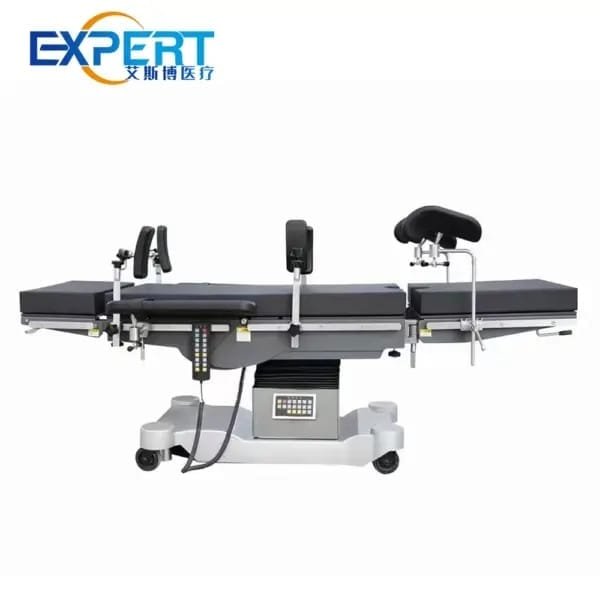
In questo blog esploreremo gli aspetti chiave da considerare nella scelta del tavolo operatorio, aiutando le strutture mediche a prendere decisioni consapevoli.
La scelta del tavolo operatorio giusto è una decisione fondamentale che può avere un impatto significativo sul successo degli interventi chirurgici. La scelta del tavolo operatorio prevede la valutazione di diversi fattori, come la sicurezza del paziente, l'accessibilità chirurgica e le esigenze specifiche delle diverse specialità mediche. Un tavolo operatorio ben scelto non solo migliora il comfort e la sicurezza del paziente, ma migliora anche l'efficienza e i risultati chirurgici. In questo articolo, esploreremo le considerazioni chiave per la scelta del tavolo operatorio, aiutando le strutture mediche a prendere decisioni consapevoli a vantaggio sia dei pazienti che degli operatori sanitari.
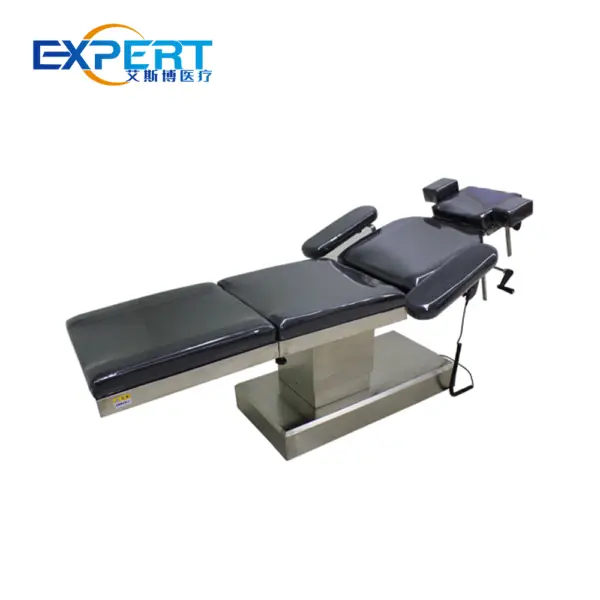
La scelta del tavolo operatorio è una decisione che ha un impatto su molti aspetti delle procedure chirurgiche. Ecco alcuni motivi per cui la scelta del tavolo operatorio è fondamentale:
Esistono diverse tipologie di tavoli operatori, ciascuna progettata per soddisfare specifiche esigenze chirurgiche. Conoscere le diverse tipologie può aiutare a fare la scelta giusta:

-600x600.jpg)

.jpg)
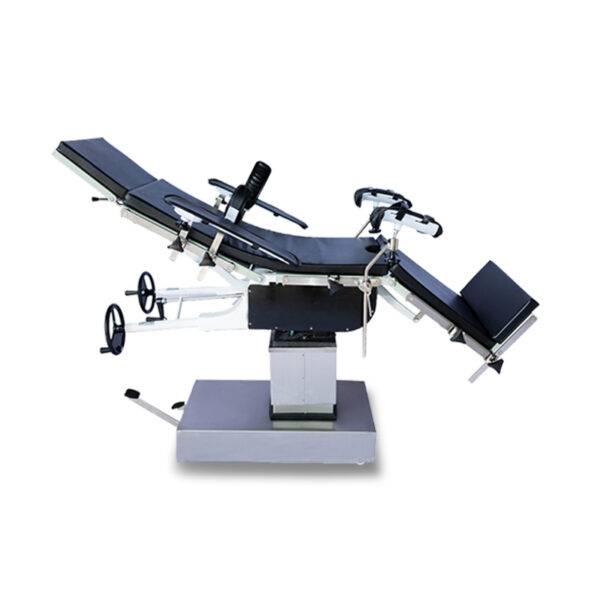

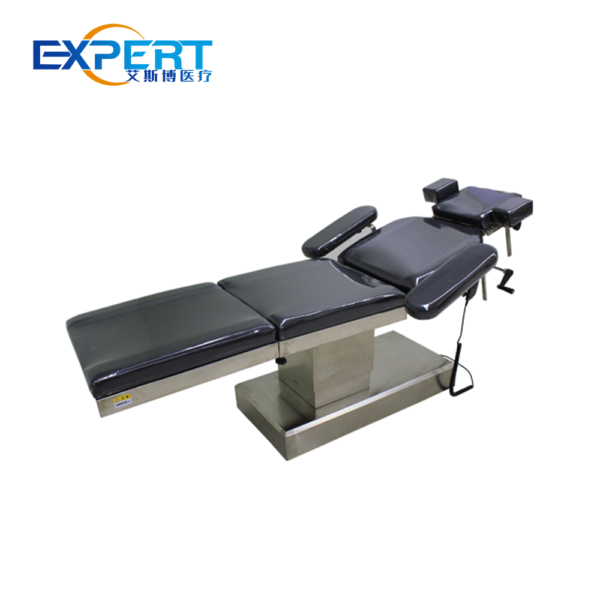
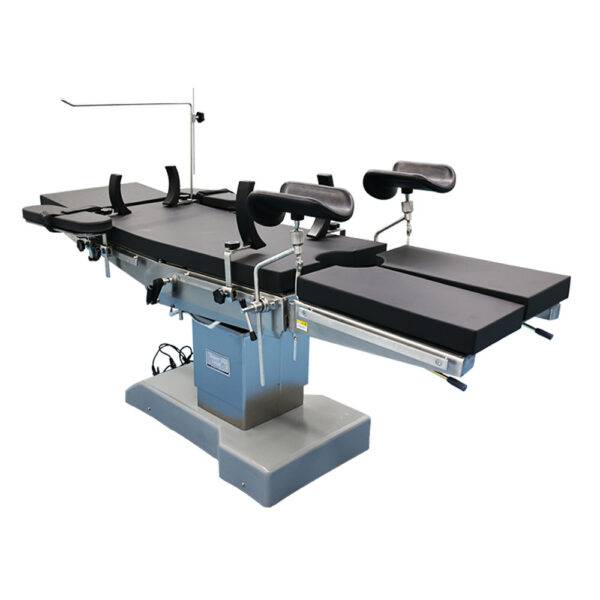

Garantire la sicurezza e il comfort del paziente è fondamentale nella scelta del tavolo operatorio. Considerare i seguenti aspetti:
Il tavolo dovrebbe consentire ai chirurghi un facile accesso al sito chirurgico. Le considerazioni chiave includono:
I tavoli operatori moderni sono dotati di diverse caratteristiche che ne aumentano la versatilità:
Un tavolo operatorio è un investimento importante e la sua durata è fondamentale:
| Caratteristica | Chirurgia generale | Ortopedico | Cardiovascolare | Neurochirurgia | Pediatrico |
|---|---|---|---|---|---|
| Stabilità | Alto | Molto alto | Alto | Molto alto | Moderare |
| Adattabilità | Moderare | Alto | Alto | Alto | Moderare |
| Compatibilità delle immagini | Moderare | Moderare | Molto alto | Alto | Basso |
| Modularità | Alto | Molto alto | Alto | Alto | Moderare |
| Capacità di peso | Alto | Alto | Alto | Alto | Basso |
| Caratteristiche speciali | Variabile | Trazione, stabilità | Supporto per l'imaging | Precisione, stabilità | Dimensioni, regolazione |
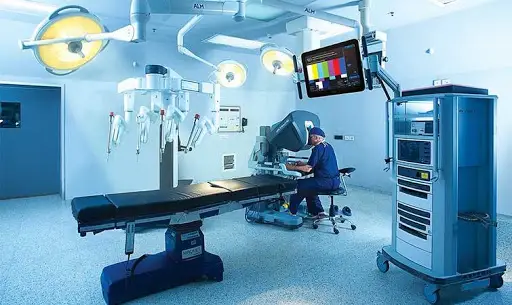
Prima di effettuare una selezione, valuta le esigenze specifiche della tua struttura medica:
Concentrati sulla valutazione delle caratteristiche più importanti per le tue operazioni:
Consultare esperti e altri professionisti medici che hanno esperienza con i tavoli operatori:
Selezionando il diritto tavolo operativo è una decisione critica che influisce sull'efficienza e sul successo delle procedure chirurgiche. Considerando fattori come la sicurezza del paziente, l'accessibilità chirurgica, la versatilità e la durata, le strutture mediche possono fare scelte consapevoli che migliorano le loro capacità operative. Investire in un tavolo operatorio di alta qualità, su misura per le esigenze specifiche dei diversi interventi chirurgici, garantisce risultati migliori sia per i pazienti che per gli operatori sanitari.
Tra le considerazioni chiave rientrano la sicurezza e il comfort del paziente, l'accessibilità chirurgica, la versatilità, la durevolezza e le caratteristiche specifiche adatte a diversi tipi di interventi chirurgici.
Valutate le esigenze specifiche della vostra struttura, i tipi di interventi chirurgici eseguiti, i limiti di spazio e il budget. Consultate esperti e valutate l'opportunità di condurre studi clinici per valutare le prestazioni del tavolo.
Cerca caratteristiche quali adattabilità, stabilità, compatibilità con le immagini, modularità, capacità di peso e funzioni speciali pensate su misura per gli interventi chirurgici che esegui.
La qualità dei materiali è fondamentale per la durata e la facilità di manutenzione del tavolo. Materiali di alta qualità garantiscono longevità e resistenza all'usura, rendendo l'investimento conveniente nel lungo periodo.
Molti tavoli operatori moderni offrono design modulari e la possibilità di aggiungere accessori. Questo consente la personalizzazione per soddisfare le esigenze specifiche delle diverse procedure chirurgiche.
La compatibilità con l'imaging è fondamentale per le procedure che richiedono imaging in tempo reale, come la chirurgia cardiovascolare. I tavoli compatibili con archi a C e altre apparecchiature di imaging migliorano la precisione chirurgica.
Una manutenzione regolare è essenziale per garantire la funzionalità e la sicurezza del tavolo. Seguire le istruzioni del produttore per ispezioni, pulizia e manutenzione di routine per prolungare la durata del tavolo.
Sì, i tavoli operatori pediatrici sono progettati per accogliere pazienti più piccoli e offrono le necessarie caratteristiche di adattabilità e sicurezza per gli interventi chirurgici pediatrici.
Controlla le specifiche del tavolo per verificarne la stabilità, come una base robusta e meccanismi di bloccaggio sicuri. Anche testare il tavolo in diverse condizioni può contribuire a garantirne la stabilità.
La durata di un tavolo operatorio dipende dalla sua qualità, dall'utilizzo e dalla manutenzione. Tavoli di alta qualità con una manutenzione regolare possono durare molti anni, il che li rende un investimento prezioso per le strutture mediche.